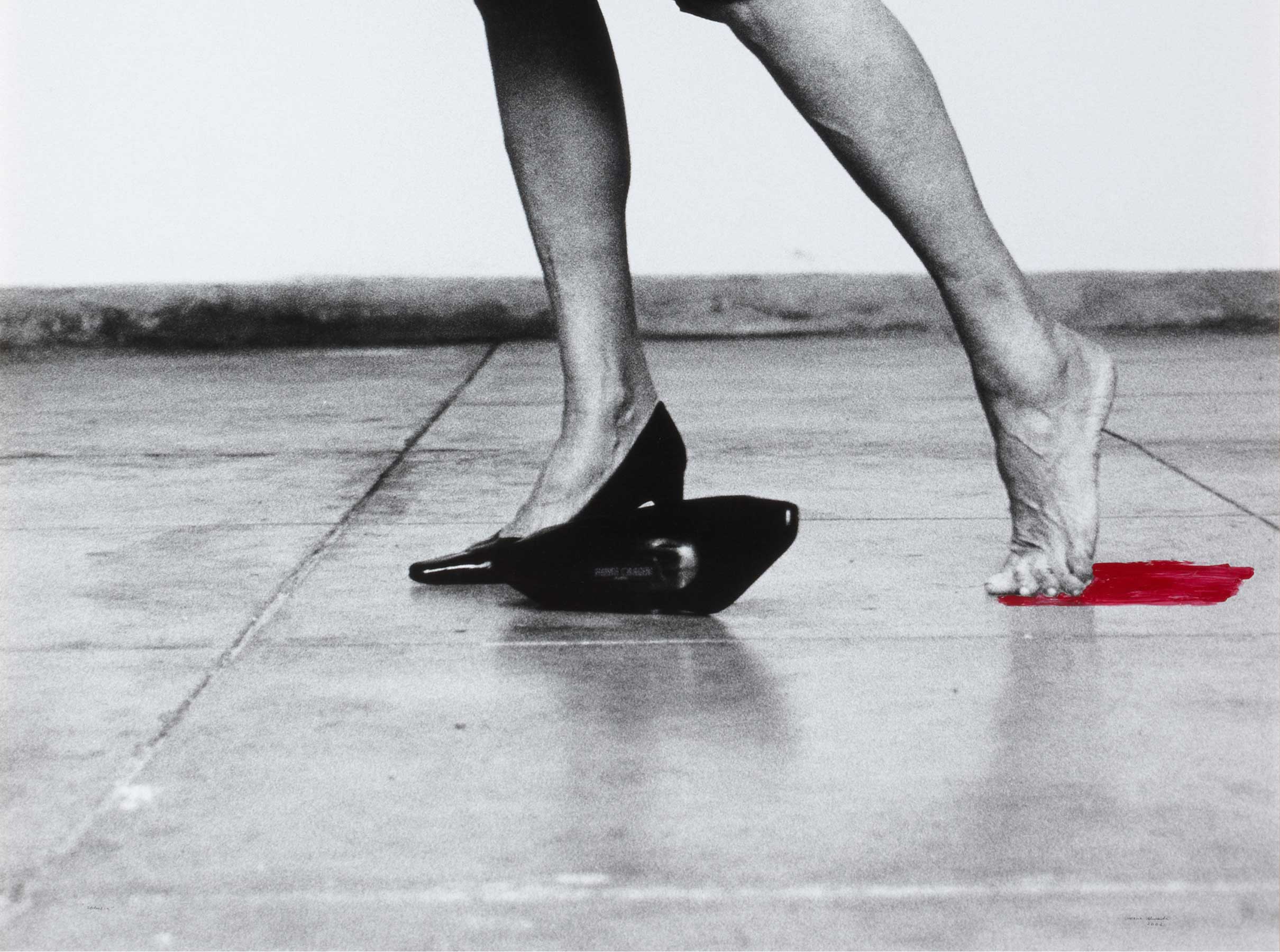El músico y la modelo V [The Musician and The Model V]
- 1983
- Oil on canvas
- 101 x 104,7 cm
- Cat. P_293
- Acquired in 1983
In the context of the return to painting of the 1980s, and as a means of gauging himself against the past through a personal renewal of the pictorial language, Miguel Ángel Campano sought inspiration in the works of master painters. Several of the works in the Banco de España Collection reflect that moment of retreating and advancing in that decade and the artist’s extraordinary fruitful sojourn in Paris. This is the case of The Musician and the Model V (1983) and La Grappa XI (1986), both based on works by the painter of the French classist school Nicolas Poussin. The first of those works, Country Concerto, may have been inspired by Numa Pompilius and the Nymph Egeria (1631-1633, Condé de Chantilly Museum), where a woman in an identical position is entertained by a musician, in this case a flautist rather than the viola da gamba performer preferred by Campano, and The Great Bacchanal with a Lute Player (1627-1628, Louvre). More interested in Poussin’s mechanisms of composition than the theme of these works, in The Musician and The Model V Campano again uses part of the vocabulary of signs of one of his best-known series, Vowels, produced in the late 1970s and early 1980s; a language that is even clearer in the watercolour Untitled (1982), where the loose scripts seem to be trying to create a scene. This personal grammar was his short-lived departure from abstraction in pursuit of an examination of the past; The Musician and The Model V, painted at the same time as Vowels, could be said to reflect a certain restructuring of what were previously freer and more scattered shapes to form a more recognisable scene, in a line that he was to develop more fully from that moment onwards.
Other works by Miguel Ángel Campano

![El músico y la modelo V [The Musician and The Model V]](/f/webca/INF/assets/img/fff.png)